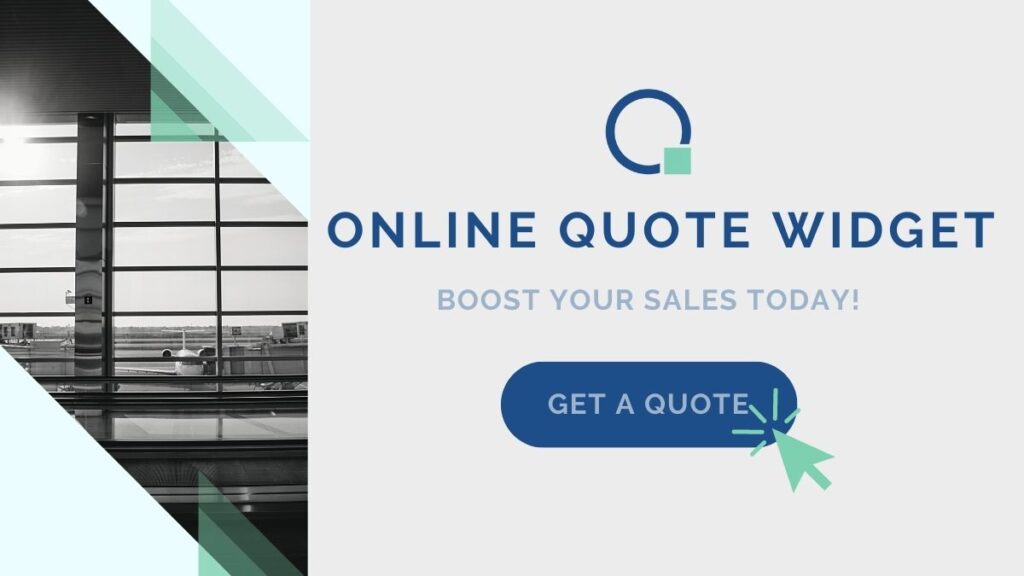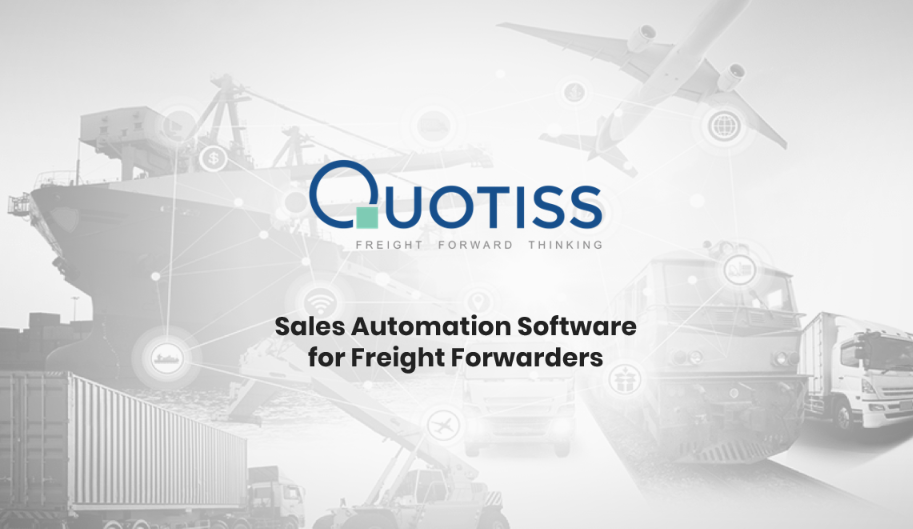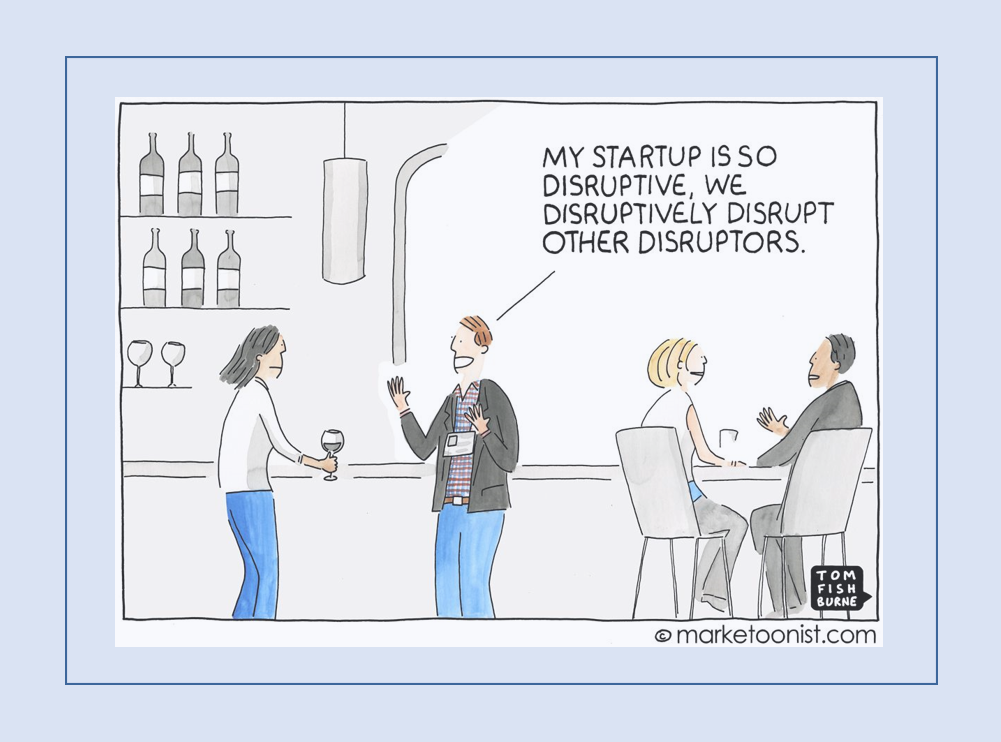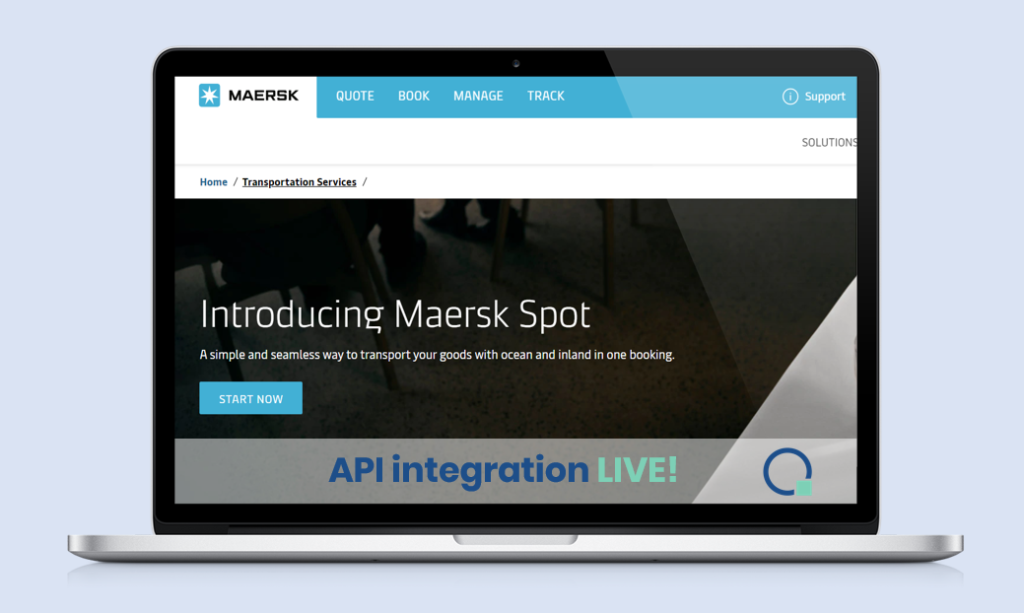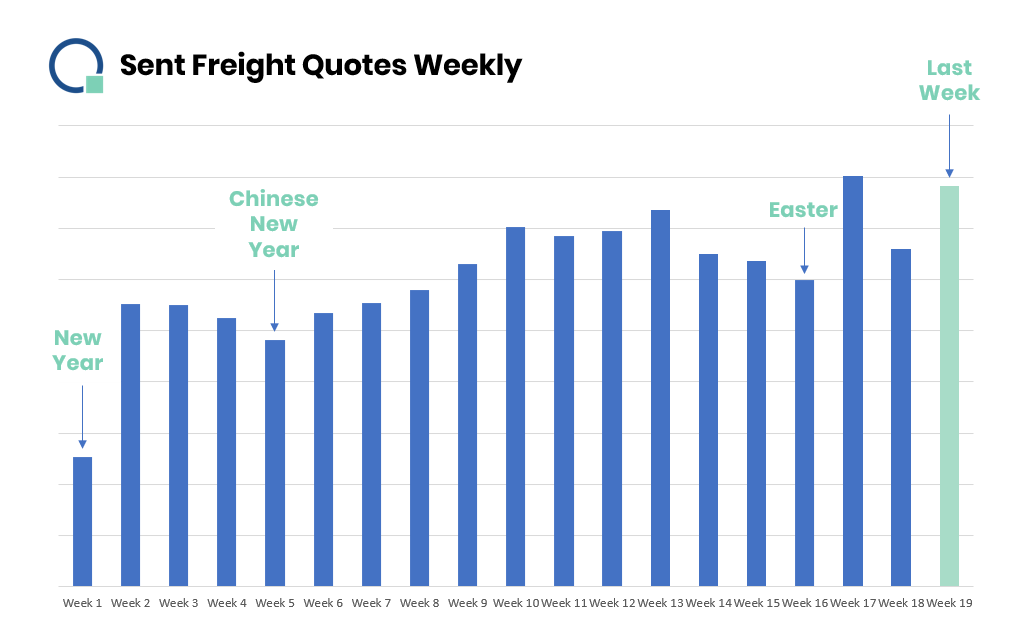Boosting Freight Sales with Online Quote Widget
In the digital era of logistics, freight forwarders are constantly seeking innovative ways to attract and engage clients. One powerful tool is Quotiss’ online quote widget. This product seamlessly integrates into forwarders’ websites, enabling importers and exporters to generate quotes themselves while forwarders automatically collect valuable lead details. In this blog post, we will explore the benefits of the online quote widget and its ability to accelerate client engagement, complementing the AI tools discussed in our previous post on revolutionizing freight sales.
Empowering Client Self-Service
The online quote widget from Quotiss empowers clients with a self-service quoting experience. By embedding this user-friendly widget into their website, forwarders allow clients to access an intuitive interface and effortlessly create quotes in a few simple steps. Clients can input shipment details, select preferences, and instantly receive accurate quotes tailored to their specific needs. This seamless self-service functionality not only enhances the client experience but also saves time for both clients and forwarders.
Quotiss online quote widget offers the flexibility to ensure that the right rates are automatically applied on a customer/product level. This customization allows forwarders to cater to the unique pricing agreements they have with individual clients. By configuring the margins per customer, Quotiss can guarantee that the correct rates and pricing rules are automatically factored into the generated quotes. This level of customization not only saves time for both forwarders and clients but also minimizes the risk of errors or discrepancies in pricing. With the ability to provide accurate and tailored quotes, forwarders can further strengthen their client relationships and establish themselves as trusted partners in the freight industry.
Seamless Integration and Brand Consistency
Quotiss’ online quote widget can be seamlessly integrated into a forwarder’s website, ensuring a consistent brand experience for clients. The widget can be customized to align with the forwarder’s branding and professional appearance. By offering a unified and branded interface, forwarders can strengthen their brand identity, foster trust with clients, and create a seamless transition from their website to the quoting process.
Moreover, Quotiss’ online quote widget seamlessly integrates with existing online customer portals, further enhancing the client experience and streamlining the quoting process. By integrating the widget into their customer portals, forwarders can provide existing clients with a convenient and centralized platform to create quotes. This efficient workflow enables clients to seamlessly transition from the customer portal to the quoting process without any disruptions. By offering this level of integration, Quotiss empowers forwarders to deliver a comprehensive and user-friendly experience to their clients, fostering long-term relationships and strengthening customer loyalty.
Lead Generation via Online Widget
The online quote widget serves as a powerful lead-generation tool for forwarders. As clients register online to create quotes, the widget collects valuable lead information, including contact details, shipment requirements, and preferences. This information is automatically stored in a client database, building a comprehensive and actionable list of potential clients. Leveraging this database, forwarders can implement targeted marketing campaigns via personalized outreach functionality, and tailored follow-ups to convert leads into loyal customers.
Enhanced Data Insights and Analytics
The online quote widget generates valuable data insights and analytics for forwarders. By tracking client interactions, quote requests, and conversions, forwarders gain a deeper understanding of client preferences and market trends. This data-driven approach enables forwarders to refine their pricing strategies, identify emerging opportunities, and improve their overall sales performance. Quotiss’ analytics and reporting capabilities provide forwarders with comprehensive metrics, empowering them to make data-backed decisions and drive growth.
Quotiss’ online quote widget is a win-win for freight forwarders seeking to accelerate client engagement and boost their sales efforts. By empowering clients with self-quoting service, ensuring brand consistency, collecting valuable leads, and providing data-driven insights, forwarders can enhance the client experience, expand their customer base, and stay ahead in a competitive market. When combined with the AI tools discussed in our previous post, forwarders can leverage technology to streamline their operations, optimize sales processes, and deliver exceptional value to clients in the ever-evolving logistics landscape.

